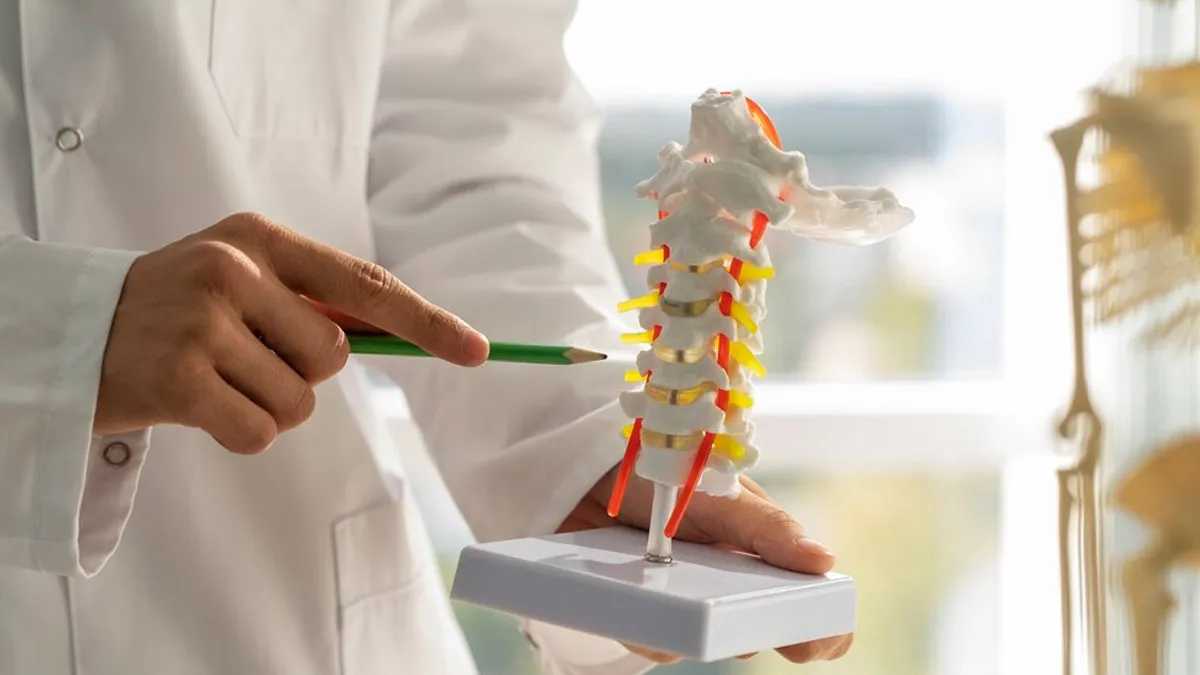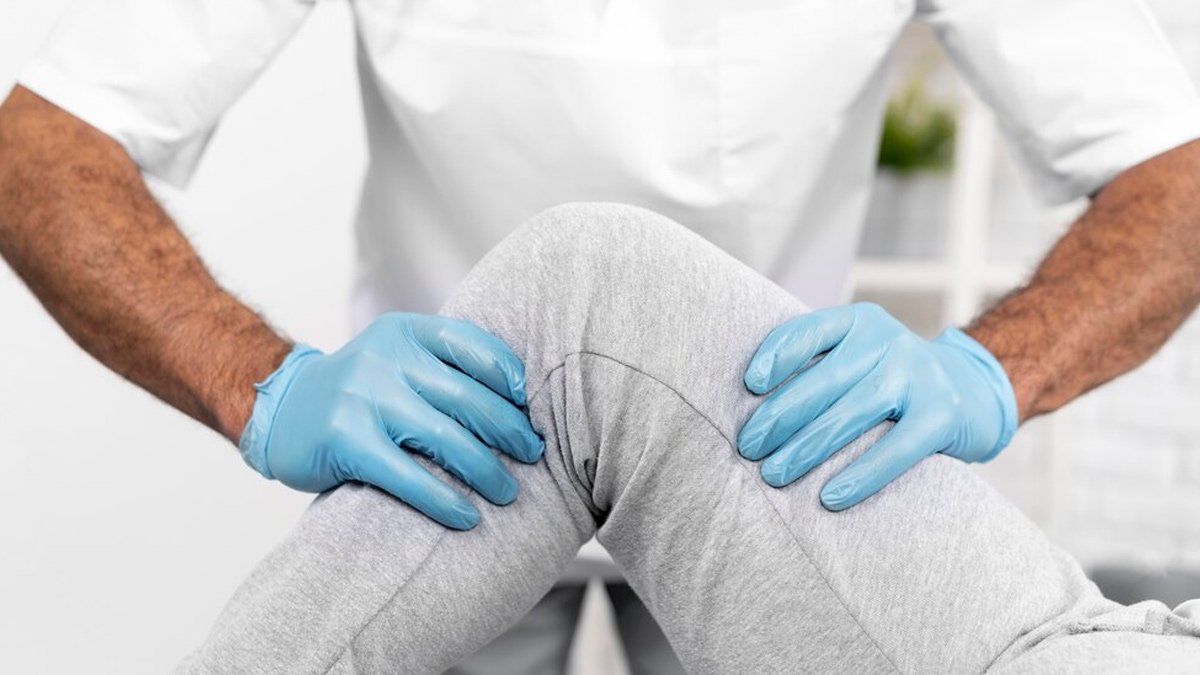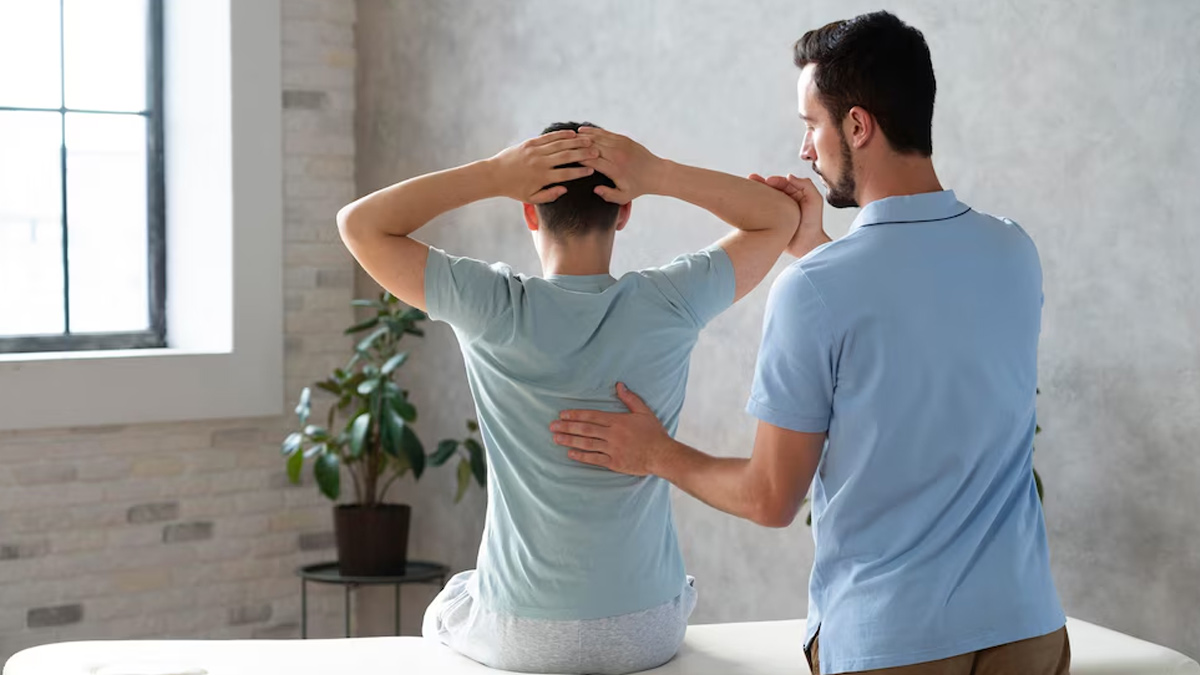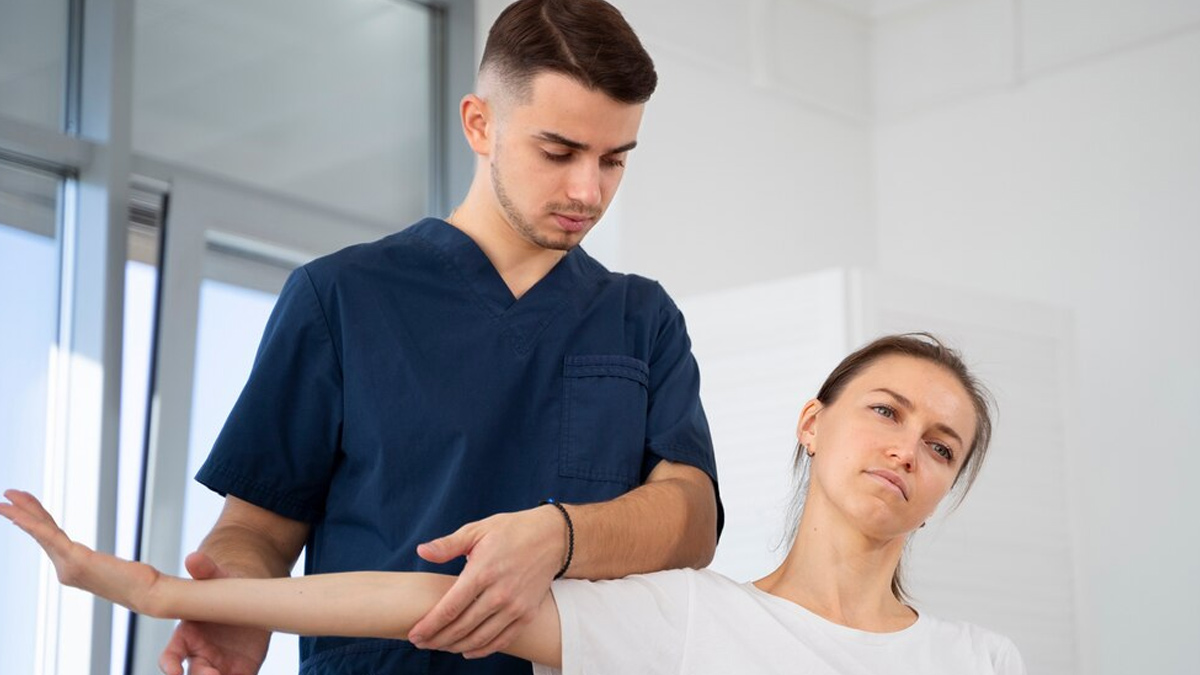
The word 'osteo' comes from the Greek word 'osteon,' which means bone or related to bones. Bone and joint-related conditions such as osteoporosis, osteopenia, and osteoarthritis vary in their symptoms, severity, and impact on health. While all these diseases affect the bones and joints, they differ in terms of their progression and health effects on the body. This is why ensuring proper diagnosis and treatment for each condition is crucial.
Table of Content:-
In this article, we delve deep into the conditions osteopenia and osteoporosis, and how the former can progress to the latter.
Osteopenia Vs. Osteoporosis

Osteopenia is a condition of reduced bone density that often develops silently, Dr Dheeraj Batheja, Consultant - Orthospine and Orthopaedics, Unit IV, Artemis Hospitals, Gurgaon, tells the OnlyMyHealth team. According to StatPearls Publishing, osteopenia is a clinical term used to describe a decrease in bone mineral density that has a four-fold higher overall prevalence in females compared to males.
Osteoporosis is a bone disease that also develops when the bone mineral density and bone mass decrease. However, it is not the same as osteopenia, as in the latter's case, the bone density is lower than average, but not low enough to be osteoporosis. In the case of osteoporosis, your bones are likely to become weak and thin, making them more likely to break.
Who Is At Risk Of Developing Osteoporosis From Osteopenia?

According to Dr Batheja, women past menopause and with a family history of osteoporosis are the most at risk of developing osteoporosis, especially after having osteopenia.
The National Institute of Aging suggests that osteoporosis affects about one in five women over age 50, but only one in 20 men. Among women, those of White and Asian descent are more likely to develop osteoporosis.
It is important to conduct bone density tests regularly after the age of 50 years, and any necessary treatment should begin early. To achieve this, proper diet, sufficient calcium and vitamin D intake, and weight-bearing exercise must be maintained for healthy bones.
Early Signs Of Osteopenia
Early signs of osteopenia include:
- Long-term back pain
- Fractures from slight trauma
- Sudden loss of height
- Brittle nails
- Weak grip
- Muscle cramps
How To Prevent Osteopenia From Progressing

While it's not always possible to prevent osteopenia, you can reduce your risk by making healthy lifestyle choices. Some of the strategies include:
- Eating a diet rich in calcium and vitamin D
- Adding calcium-rich sources, including dairy, leafy greens, fortified foods, and fatty fish, to the diet
- Sun exposure for vitamin D
- Limiting caffeine and sodium to prevent calcium loss from bones
- Doing weight-bearing exercises like walking, jogging, and dancing
- Indulging in strength-training exercises
- Improving flexibility and balance through exercises, such as yoga
- Avoiding smoking and limiting alcohol intake
- Taking medications like bisphosphonates and SERMs
Conclusion
Osteopenia, which means that your bones are a bit weaker than they should be, can lead to osteoporosis if you fail to do anything about it. The good news is that with proper lifestyle habits, including a healthy diet and regular exercise, you can keep your bones strong. Additionally, getting your bone density checked regularly, especially after age 50, can help detect any problems early on. Consult a doctor if you experience any signs of weak bones and work towards reversing it.
Also watch this video
Read Next
Guillain-Barré Syndrome: This Autoimmune Condition Can Be Caused By Infections Other Than C. Jejuni
How we keep this article up to date:
We work with experts and keep a close eye on the latest in health and wellness. Whenever there is a new research or helpful information, we update our articles with accurate and useful advice.
Current Version